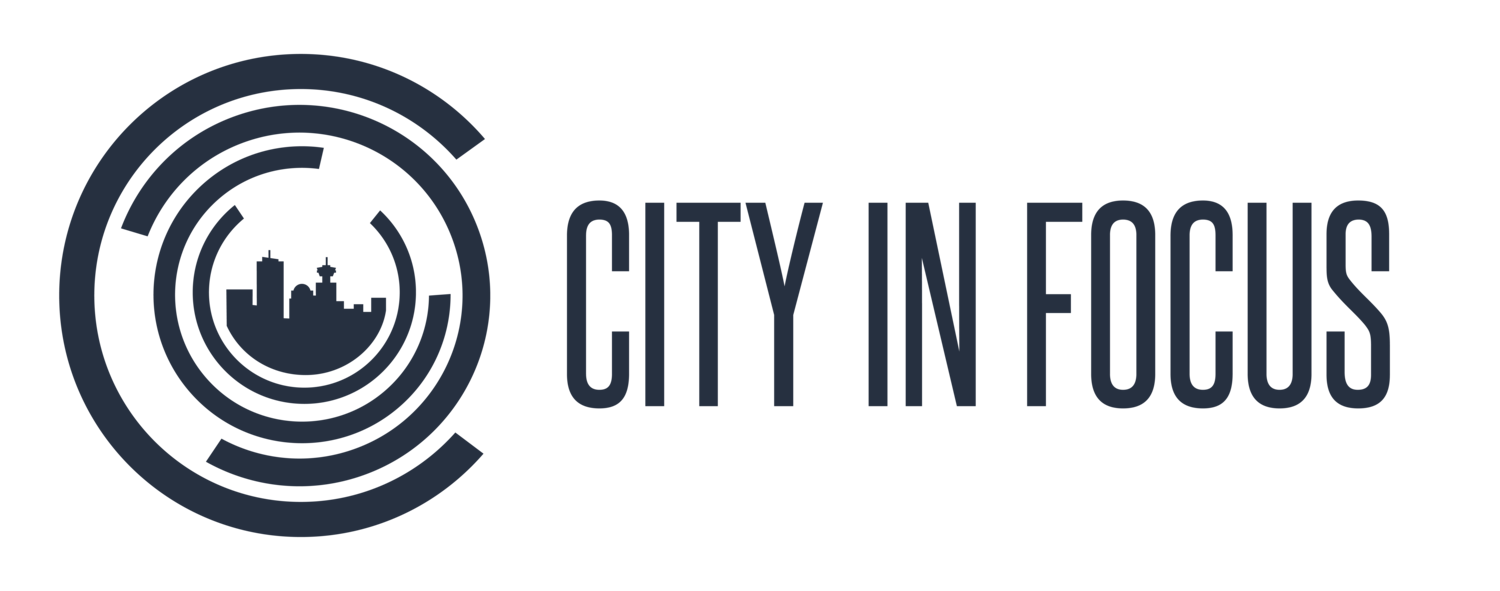Who Wants to Act Divine?
July 2023
In June, for the 56th time, the annual British Columbia Leadership Prayer Breakfast and Dinner took place in Vancouver. This year's invited speaker was the Canadian leader, Chief Phil Fontaine, with his wife, Professor Kathleen Mahoney. Chief Fontaine served an unprecedented nine years as National Chief of the Canadian Assembly of First Nations. During his long political career, he focussed on economic development and treaty rights for First Nations peoples, spoke out against historic abuses, and pursued a policy of accountability and reconciliation. This culminated in the historic Statement of Reconciliation with Canada that eventually set in motion the personal visit, apology, and asking of forgiveness by Pope Francis.
As a child, Phil Fontaine attended residential schools, and like many indigenous children of the time, he experienced physical, psychological, and sexual abuse as a student while under the care of the Federal Government and the Catholic church. As an adult, he undertook a deeply personal examination which led him on a journey towards forgiveness of those who had hurt him. We don’t know much about the long process that led to Chief Fontaine reaching the decision to forgive. He mentions that during this time of reflection he felt an array of feelings including anger and a desire for retribution. After he reached a level of personal peace and forgiveness, he began to pursue reconciliation with the Church and the Federal Government. I cannot imagine either process was easy for him and some in the First Nations community disagreed with the path of honesty he pursued about the past.
What makes Chief Fontaine’s story so compelling is that most of us wait for the person, church, or government that has wronged us to make the first move and ask for our forgiveness. Then we decide if we will forgive them. Phil Fontaine took the unusual initiative, as the wounded party, to open a process of reconciliation.
Forgiving others is a very hard thing to do. But it is the essence of the teaching on forgiveness that is enshrined in the Lord's Prayer – easily the most well known and used prayer in the Christian Churches world wide.
“Forgive us our sins as we forgive those who sin against us.” Matthew 6:12
When we forgive those who have hurt us, many good things are set in motion. We begin to free ourselves from the bondage of hate, anger, and stress. Forgiveness begins with speaking the truth. The facts of being sinned against remain. The teaching of Jesus says that we are to forgive those who have sinned against us.
The act of harming another is called sin. The hope is that those who inflict such pain acknowledge their sin by asking forgiveness so that reconciliation can begin. When we ask for forgiveness for acts we have committed, we acknowledge our personal contribution to broken relationships. There is no ambiguity about seeking forgiveness for the pain we inflict on others. It begins with our asking God to forgive us.
I believe that these two sides of forgiveness are interconnected; we must seek God’s forgiveness and we must forgive others. Both steps are required if we are to find peace and start the process of healing and redeeming relationships. True forgiveness is a difficult and nuanced process that can take days, months, years, or even decades.
“Love prospers when a fault is forgiven, but dwelling on it separates close friends.” Proverbs 17:9,10
Remember, “to err is human, to forgive is divine”.* Let us consider divine guidance in our attempts to forgive or be forgiven.
Blessings,
Tom
* Alexander Pope, Poet
